In this article, I will explain how to raise, breed, and reproduce medaka in an indoor tank.
Many people raise medaka in outdoor tubs, and some find it difficult to raise them indoors. However, I have been successfully raising medaka entirely indoors, including egg-laying and fry development.
Nowadays, I feel that the difficulty level of raising medaka is about the same whether indoors or outdoors.
For those who are struggling or not succeeding with indoor medaka keeping, please read until the end.
The Biggest Tips for Indoor Medaka Tank Keeping
There are two key tips for raising medaka in an indoor tank: “Be cautious of diseases” and “Feed them plenty.” Medaka are very susceptible to parasitic infections like Gyrodactylus and bacterial infections like Aeromonas and Flavobacterium columnare.
In small indoor tanks, these bacteria can easily proliferate, making medaka prone to disease.
Therefore, by “bathing medaka in medication such as Agden before introducing them,” you can significantly reduce the risk of bacterial infections.
Since I started medicating them, I haven’t lost any medaka in my indoor setup. Nowadays, it’s rare for medaka to die from disease.
Feed Them Plenty
Medaka can easily become emaciated and die if they don’t eat constantly.
Many people find their medaka become emaciated and die when kept indoors. This is often due to insufficient feeding, leading to malnutrition.
Outdoors, plankton and other microorganisms naturally occur, but indoors, these don’t appear, so you need to feed them frequently to ensure they don’t run out of food.
Therefore, it’s best to feed them generously indoors. Of course, avoid overfeeding to the point where leftover food pollutes the water and causes disease. Feed just enough to ensure there are no leftovers.
https://www.aru-na.net/post-2675
https://www.aru-na.net/post-2863
How to Raise Medaka in an Indoor Tank
I will explain how to raise medaka indoors.
Things to Prepare
The items you need for raising medaka indoors are the same as for goldfish or tropical fish.
Air Pump
Filter
Food
Light
Dechlorinator
PSB, etc.
Heater (for winter)
A heater is essential if you want to breed medaka indoors during winter. An air pump is optional, but having one allows you to keep more medaka in one tank and reduces the frequency of water changes by keeping the water cleaner.
A filter is beneficial for indoor medaka keeping. The best filter for indoor medaka tanks is said to be a sponge filter. Sponge filters are easy to maintain, less likely to accumulate sludge and debris, and do not suck in fry or eggs, making them ideal for medaka.
However, for regular indoor medaka keeping, an internal filter like the Sui-saku Eight is sufficient.
Medaka prefer bright environments, so use a light designed for tropical fish. Keeping them in a dark indoor spot can lead to their death. Most shops and breeders use plant growth LED lights sold on Amazon.
Don’t Use Thick Substrate Indoors
When raising medaka in indoor tanks, thick substrate often leads to noticeable diseases. Thick substrate can foster anaerobic bacteria like Aeromonas, making medaka prone to disease.
After realizing this, I started using very little substrate when keeping medaka. I only sprinkle a few pinches of soil on the bottom. Keep the substrate thickness below 1 cm to prevent anaerobic conditions. Since switching to thin substrate, unexplained diseases and sudden deaths have almost disappeared in my indoor medaka tanks.
You can also try a bare tank for indoor medaka keeping, but a thin layer of soil helps the tank cycle faster and provides essential minerals. Remove waste from the bottom during water changes using a syringe or pump.
Include Water Plants and Snails
It is beneficial to include water plants and snails in an indoor medaka tank. Water plants absorb toxins like ammonia from the water.
Snails eat leftover food, keeping the water clean. Recommended water plants include anacharis and matsumo, and the best snail is the red ramshorn snail.
https://www.aru-na.net/post-2504
https://www.aru-na.net/post-2666
Provide Fresh Air
Medaka often die in indoor tanks due to bacterial infections. An air pump can help suppress bacterial growth by providing fresh air. However, if medaka are already infected or if there are pathogens in thick substrate, using an air pump can spread bacteria and cause rapid death.
In fact, one reason for sudden mass deaths in indoor medaka tanks is the air pump spreading pathogens. Keeping them in still water can prevent catastrophic outcomes, but the water gets dirty faster. Removing the substrate, medicating the fish, and then aerating is the best approach.
Medicate Before Raising Medaka Indoors
I always medicate medaka before raising them indoors. This has almost entirely prevented deaths in indoor tanks.
Unless the fish are already severely diseased when purchased, medicating them will allow you to raise them indoors without issues.
I use both “Elbagin” and “Agden” simultaneously for medicating. Both are safe for bacteria, shrimp, snails, and other living organisms, so I add them directly to the tank for medicating.
Southern Marsh Shrimp
Yamato Shrimp
Ramshorn Snails
Water Fleas
Japanese Trapdoor Snails
I have kept these together with medaka in indoor tanks without any issues. None of them have died, proving it is safe.
https://www.aru-na.net/post-2557
Conclusion
Raising medaka indoors is easy if you are mindful of bacteria. Feeding them plenty can prevent medaka-specific diseases like emaciation.
Now that I feed them generously, medicate thoroughly, and suppress bacterial growth, I find raising medaka easier than guppies or goldfish. Try using Agden for better results.
https://www.aru-na.net/post-2675
https://www.aru-na.net/post-2863
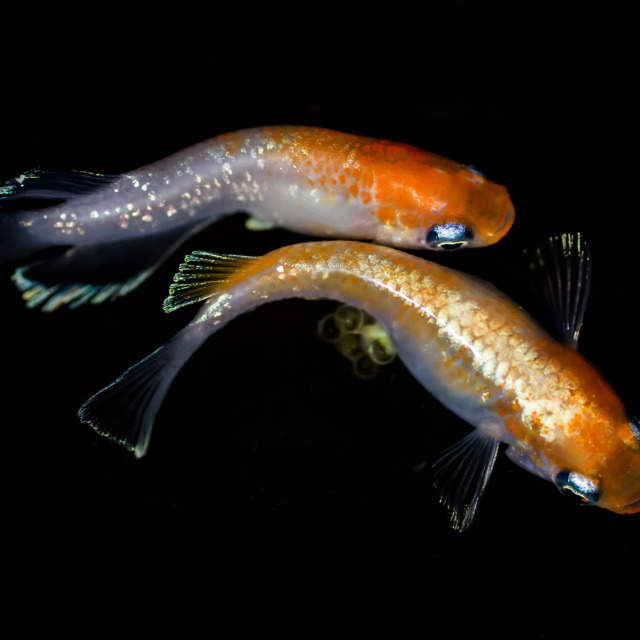

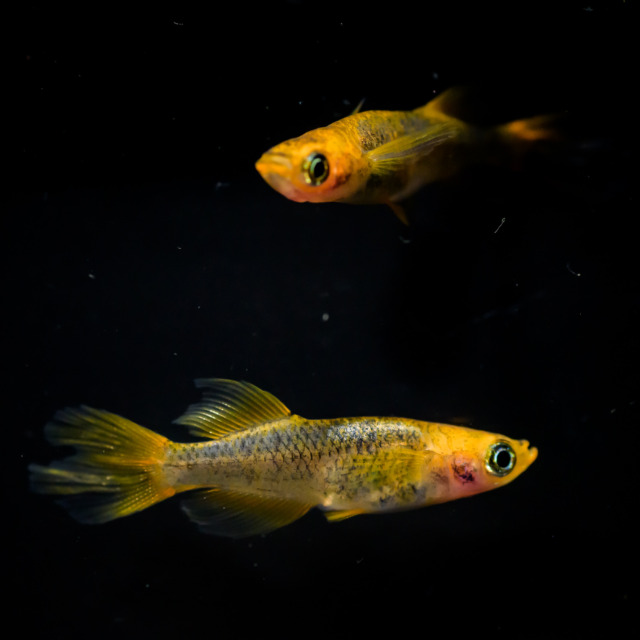

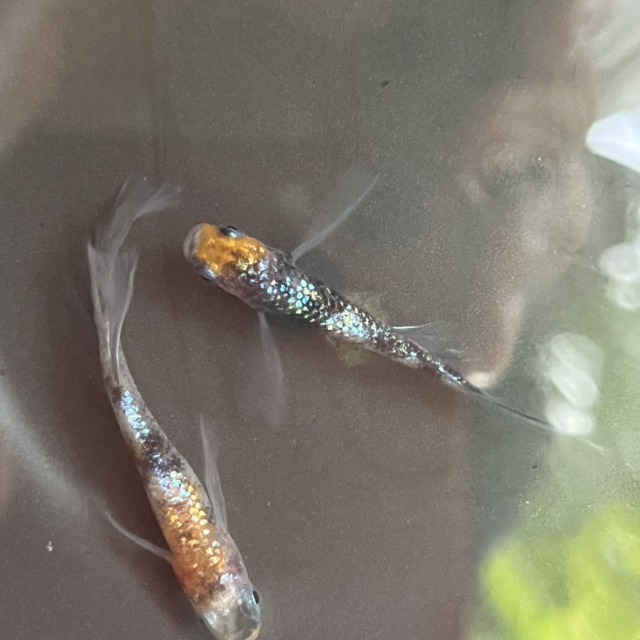
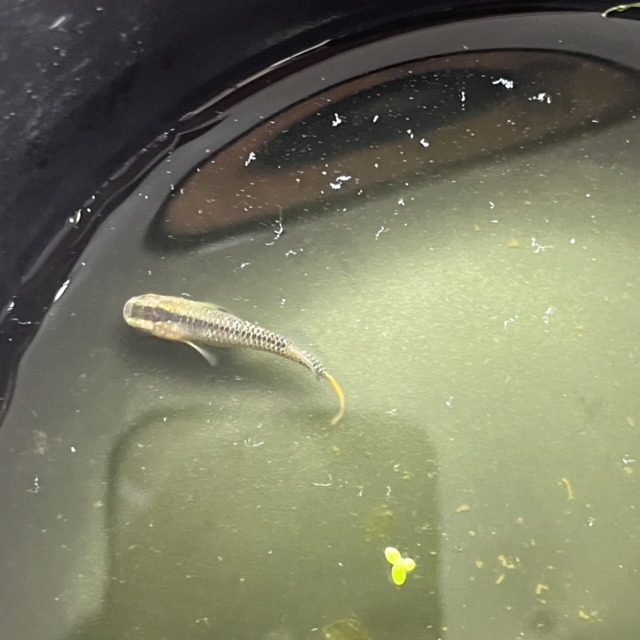
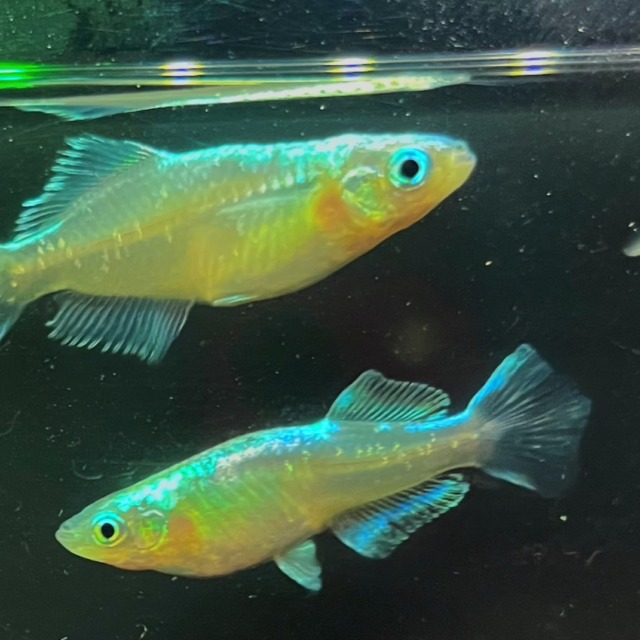
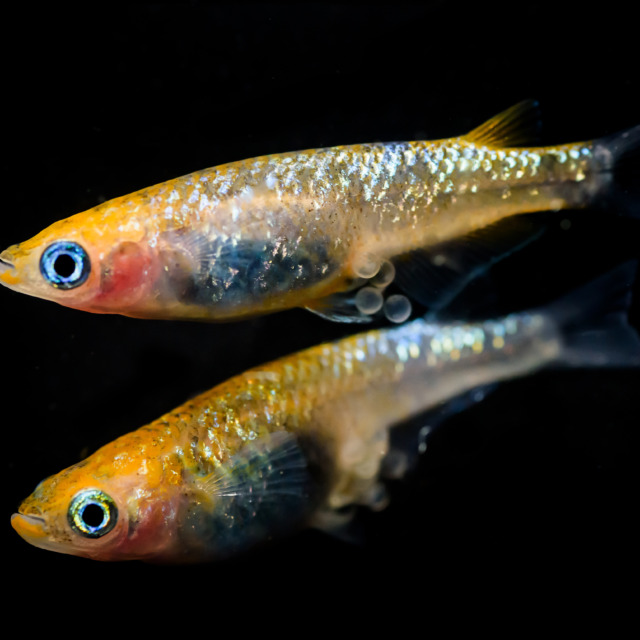




No comments yet.